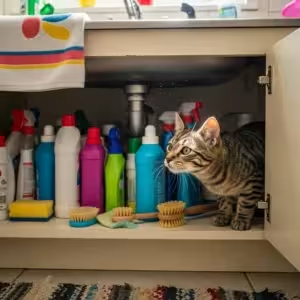Fish lice are common on sticklebacks, and do appear to alter their host’s behaviour. Fish in lice-infested pools shoal more, for example, presumably to reduce the risk of infection, and tend to avoid shoal-mates that swim erratically (a sign that they could be carrying the parasite). More seriously, the breast of a breeding male stickleback turns red to advertise his health to females, and infection may degrade the quality of the colour.

Resembling miniature stingrays, fish lice are 8mm long and easy to spot. They lurk on pond bottoms in late spring, waiting for a suitable host to swim past, whereupon they attach themselves to the outside of its body and use their needle-like mouthparts to drink its blood.















